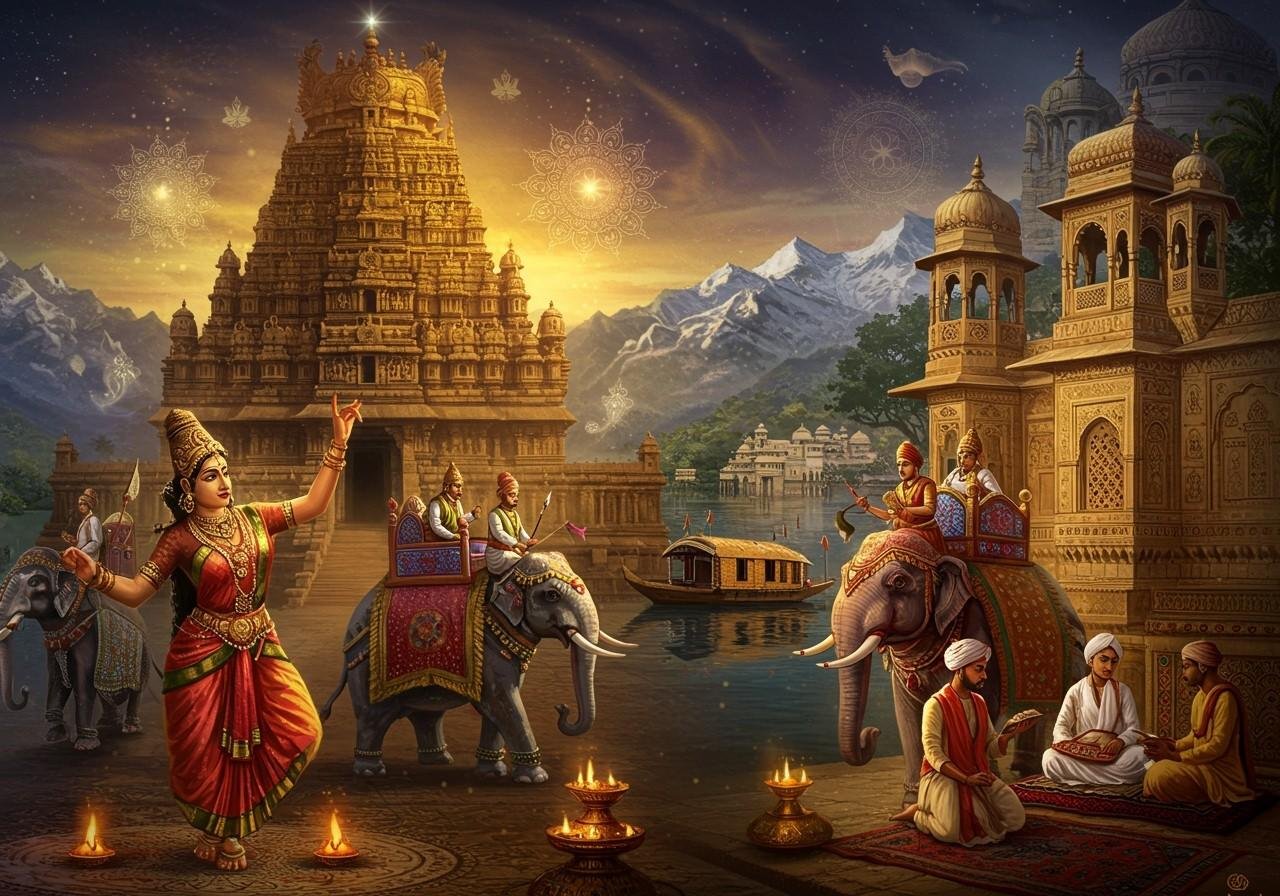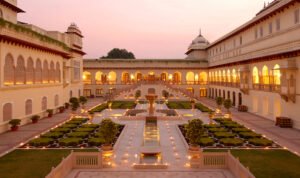While the Delhi Sultanate and later the Mughal Empire dominated much of northern India, the Regional Kingdoms played a vital role in shaping India’s diverse culture, politics, and heritage during the medieval period. These kingdoms often flourished independently, contributing richly to art, trade, architecture, and governance.
Key Regional Kingdoms of Medieval India
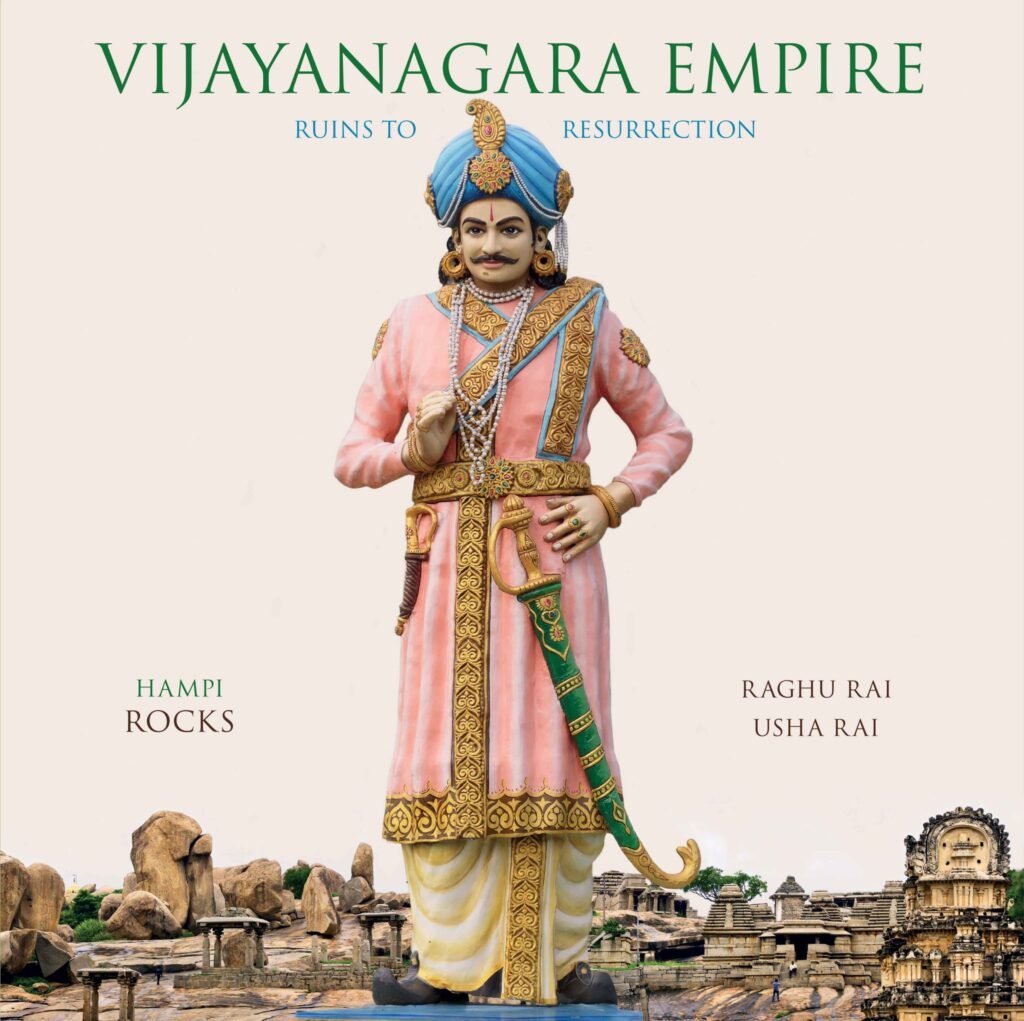
1. Vijayanagara Empire (1336–1646 CE)
Region: South India (present-day Karnataka, Andhra Pradesh, Tamil Nadu)
Capital: Hampi
Founded by Harihara I and Bukka Raya, this Hindu kingdom rose in response to Islamic invasions in the Deccan.
Known for its grand temples, efficient administration, and flourishing trade with Europe and Southeast Asia.
Krishnadevaraya, the most famous ruler, promoted literature in Telugu, Sanskrit, and Tamil.
2. Bahmani Sultanate (1347–1527 CE)
Region: Deccan (modern-day Maharashtra, Karnataka)
First independent Islamic kingdom in South India, founded by Ala-ud-Din Bahman Shah.
Later split into five Deccan Sultanates, including Bijapur, Golconda, Ahmednagar, Bidar, and Berar.
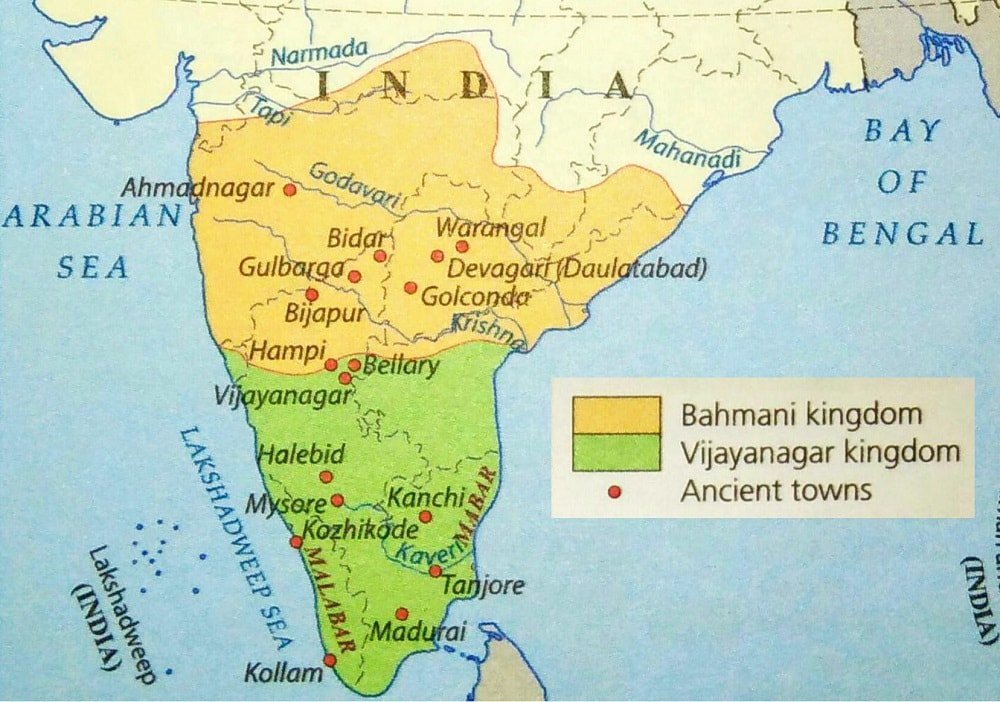
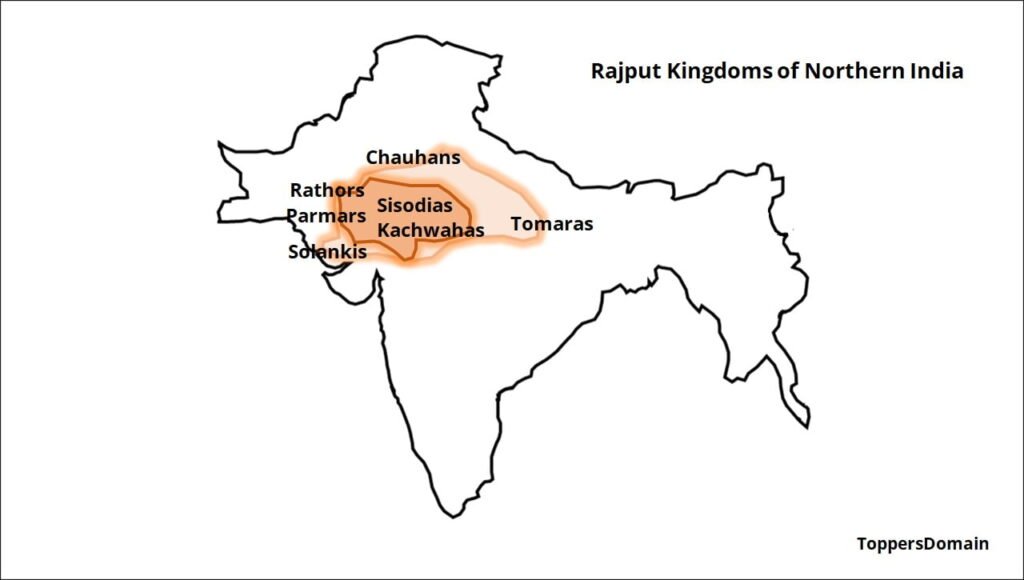
3. Rajput Kingdoms (8th–18th century CE)
Region: Rajasthan and parts of central and northern India
Rajputs ruled many independent kingdoms such as Mewar, Marwar, Amber, and Bundi.
Known for valor, chivalry, and the practice of Jauhar.
Famous kings include Rana Pratap of Mewar and Rana Sanga.
4. Ahom Kingdom (1228–1826 CE)
Region: Assam (North-East India)
Founded by Sukaphaa, a Tai prince.
The Ahoms maintained their independence for nearly 600 years and successfully resisted Mughal invasions.
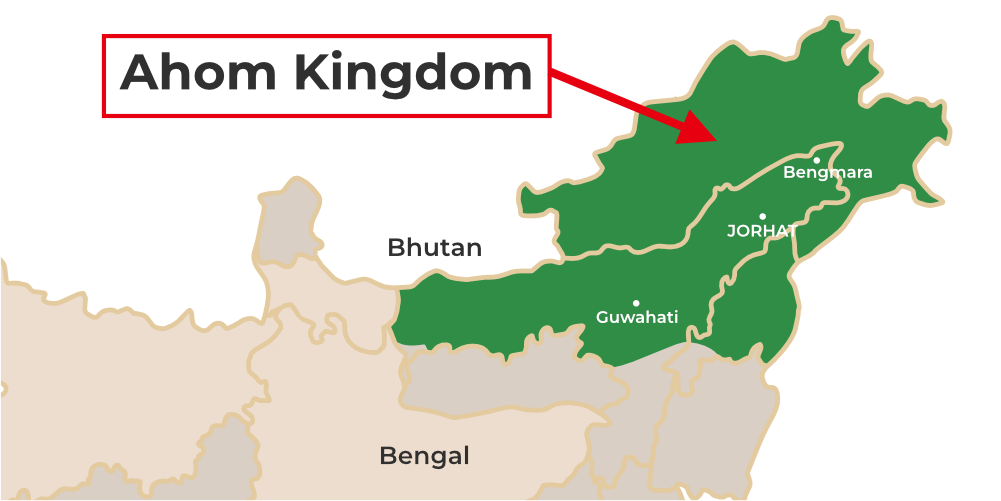

5. Maratha Confederacy (17th–19th century CE)
Region: Western India (mainly Maharashtra)
Rose after the decline of the Mughals.
Founded by Chhatrapati Shivaji Maharaj, who established a strong and independent Hindu kingdom.
Known for guerrilla warfare, strong forts, and a decentralized but powerful military structure.
6. Chola Dynasty (Earlier medieval period, but influence continued)
Though their peak was in early medieval times, their cultural and temple-building legacy continued into later centuries.
Renowned for the Brihadeshwara Temple, naval strength, and overseas expeditions.
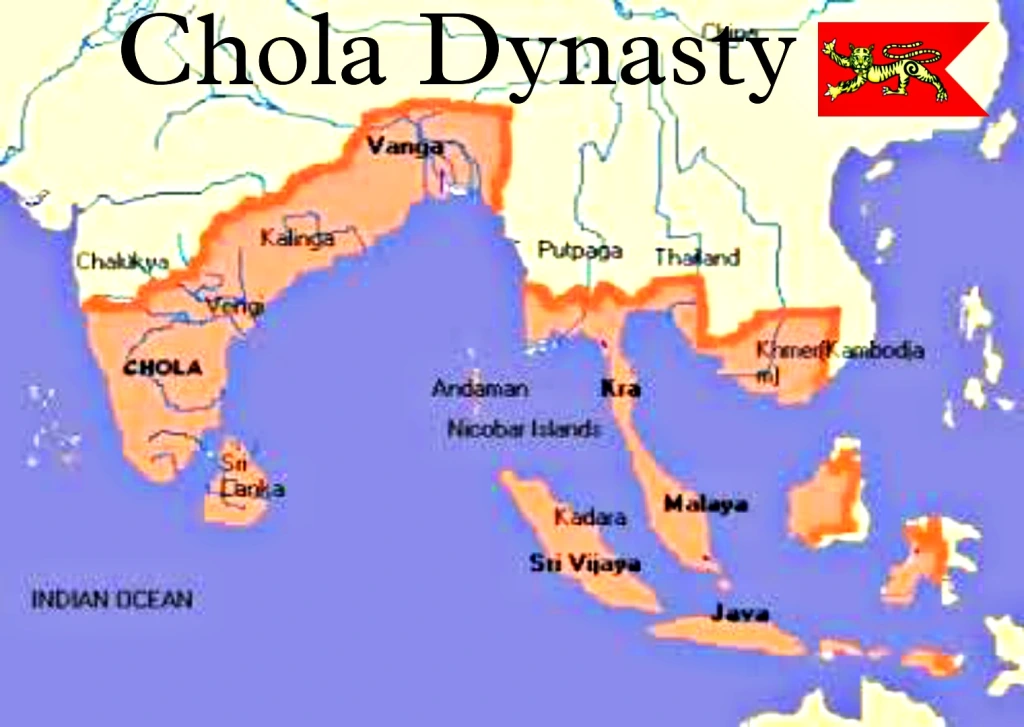
Contributions of Regional Kingdoms
Temples and Forts: Beautiful constructions like Hampi, Chittorgarh Fort, Golconda Fort, and Konark Sun Temple.
Literature: Patronized local languages like Marathi, Telugu, Kannada, and Tamil.
Trade & Economy: Many kingdoms engaged in international trade with the Middle East, Southeast Asia, and Europe.
Arts & Music: Encouraged classical music, regional dance forms, and craftsmanship.
Cultural Diversity and Local Glory
The regional kingdoms of medieval India reflect the diverse and decentralized political nature of the country. Despite the presence of large empires, local rulers held immense cultural pride and built strong, lasting institutions.
Their legacy is still visible in regional festivals, languages, forts, temples, and folk traditions.

